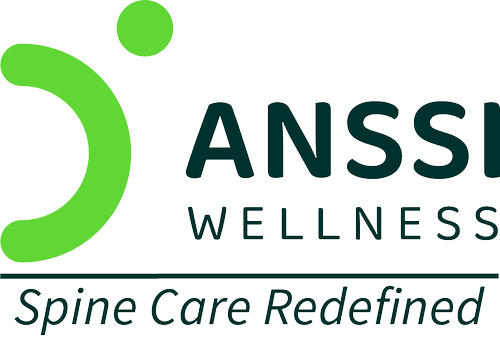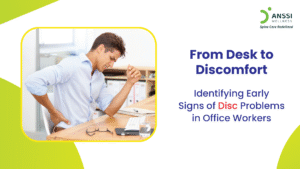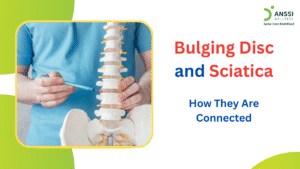A slipped disc, also known as a herniated disc, can cause significant pain, stiffness, and limited mobility. While surgery is an option in severe cases, one can also find relief through non-surgical treatments such as targeted exercises and spinal decompression.
However, not all exercises are beneficial, as some may even worsen your condition. Knowing which movements to avoid and which ones to practice can make a huge difference in recovery.
Safe Exercises for Slipped Disc Relief
Here are a few exercises that can help you safely manage a slipped disc.
1. Pelvic Tilts
Pelvic tilts help strengthen the lower back and abdominal muscles while maintaining spinal flexibility.
- With your feet flat on the floor and your knees bent, lie on your back.
- Tighten your abdominal muscles and press your lower back against the floor.
- Hold for a few seconds, then relax.
- Repeat 10-15 times.
2. Cat-Cow Stretch
This gentle stretch improves spinal mobility and reduces stiffness.
- Position yourself on your hands and knees like a tabletop.
- Take a breath, raise your head, and arch your back. (Cow Pose).
- Tuck your chin in, exhale, and round your spine. (Cat Pose).
- Repeat for 10-15 breaths.
3. Child’s Pose
This relaxing stretch relieves tension in your spine.
- With your arms extended out in front of you, sit back on your heels.
- Lower your torso towards the floor and stretch your spine.
- Hold for 20-30 seconds, breathing deeply.
4. Partial Crunches
Strengthening the core helps support the spine.
- Lie on your back with knees bent.
- Place your hands behind your head and lift your shoulders slightly.
- Use your core without straining your neck and lower slowly.
- Repeat 10-12 times.
5. Lumbar Extensions (McKenzie Method)
This technique can help push the herniated disc material away from nerve roots.
- Lie on your stomach with hands under your shoulders.
- Using your forearms, gently push your upper body up while keeping hips on the ground.
- Hold for a few seconds, then return.
- Repeat 8-10 times.
Exercises to Avoid
Be sure to avoid the following activities.
- Toe Touches: Bending forward can put excessive pressure on the discs and worsen pain.
- Leg Lifts: Raising both legs together can strain the lower back and increase discomfort.
- Sit-Ups: Full sit-ups can worsen a herniated disc by increasing spinal pressure.
- Heavy Lifting and Twisting Movements: Lifting heavy weights or twisting the torso aggressively can aggravate the condition.
Combining Exercise with Spinal Decompression Treatment
While exercises can strengthen and support the spine, non-surgical spinal decompression treatment offers additional relief. It involves gently stretching the spine and reducing pressure on the affected discs. This treatment enhances recovery, promotes healing, and minimises the risk of further injury.
If you’re experiencing persistent back pain from a slipped disc, consult a specialist to develop a personalised recovery plan. By combining safe exercises with non-surgical treatments like spinal decompression, you can achieve long-term relief and improved spine health.
About ANSSI:
ANSSI Wellness focuses on improving the quality of life for patients suffering from spinal issues, aiming to provide relief where other conventional treatments have failed. Through advanced non-surgical spinal decompression treatment, ANSSI is committed to helping patients avoid surgery and recover in a safe, effective, and compassionate environment.
Connect with ANSSI Wellness on LinkedIn, Instagram, and Facebook for expert guidance.



